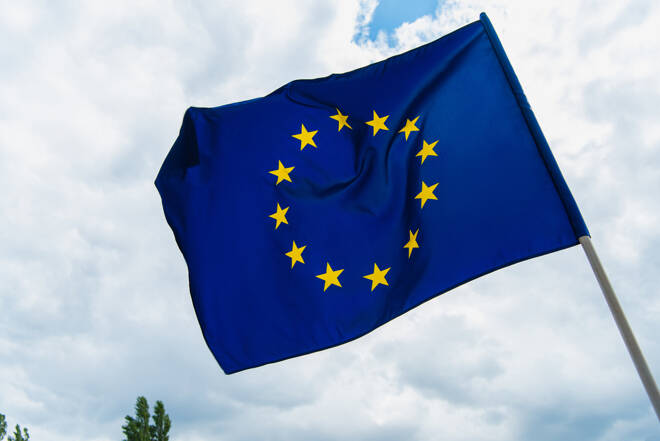Advertisement
Advertisement
Eurozone PPI Numbers Supported the View of Inflation Peaking
By:
Eurozone wholesale inflation figures send the EUR/USD into the red and raise yet more questions over the ECB's policy plans ahead of the US Jobs Report.
It was a busy day on the economic calendar, with the German economy and Eurozone inflation back in the spotlight.
Following disappointing manufacturing sector PMI numbers on Thursday, trade data from Germany provided little comfort.
In October, Germany’s trade surplus widened from €2.8bn to €6.9 billion versus a forecasted €5.2 billion surplus. While the headline figure was positive, import and export numbers painted a different picture.
Imports slid by 3.7% in October, while exports fell by a more modest 0.6%.
However, the numbers had a muted impact on the EUR/USD, with investors looking ahead to the Eurozone wholesale inflation figures and the all-important US Jobs Report.
Did Eurozone PPI Numbers Support a Shift in ECB Policy Sentiment?
In October, the Eurozone’s wholesale annual inflation rate softened from 41.9% to 30.8% versus a forecasted 31.5%.
According to Eurostat,
- Industrial producer prices in the energy sector increased by 65.8%.
- Prices for intermediate goods (+17.4%), non-durable consumer goods (+16.0%), durable consumer goods (+9.8%), and capital goods (+7.5%) saw more modest increases.
- Ireland registered the only decrease, with industrial producer prices down 17.2% compared with October 2021.
- Month-on-month, the industrial producer price index fell by 2.9%, reversing a 1.6% increase from September.
While the numbers were softer, wholesale inflation remained elevated, suggesting the need for more ECB action. Earlier today, ECB President Christine Lagarde spoke at a Bank of Thailand – BIS Conference.
ECB President Lagarde talked about uncertainties over the short-term outlook, saying,
“The global economy is being hit by a series of very strong supply shocks that are pushing inflation and growth in opposite directions.”
Lagarde discussed the components of inflation for the OECD and the euro area, focusing on food and energy, noting that,
“OECD inflation reached 10.7% in October, of which 45% was food and energy.”
The OECD inflation breakdown was more palatable than euro area inflation of 10%, where food and energy accounted for 70% of consumer price inflation.
Lagarde also noted that “higher energy prices could lead to investments shifting outside the euro area.”
With inflation and central banks still the main focal points, Lagarde called for more targeted government spending to drive productivity and consumption.
The ECB President’s comments highlighted the issues that the ECB and other central banks face in bringing inflation to target while supporting sustainable growth. However, her comments had limited impact on the EUR.
How did the EUR/USD React to the Eurozone PPI?
Ahead of the PPI numbers, the EUR/USD rose from a pre-stat low of $1.05052 to a pre-stat high of $1.05452.
The EUR/USD fell from a post-stat high of $1.05305 to a post-stat low of $1.05162 in response to the PPI numbers.
At the time of writing, the EUR/USD was down 0.08% to $1.05175.
Up Next
Later today, the US Jobs Report will be the main report of the day. Following less hawkish Fed Chair Powell commentary on Wednesday and softer US inflation numbers, weaker wage growth and a modest increase in nonfarm payrolls could cement a 50-basis point rate hike this month.
Following the Jobs Report, FOMC member chatter will also need monitoring, with Chicago Fed President Evans speaking.
About the Author
Bob Masonauthor
With over 28 years of experience in the financial industry, Bob has worked with various global rating agencies and multinational banks. Currently he is covering currencies, commodities, alternative asset classes and global equities, focusing mostly on European and Asian markets.
Advertisement
